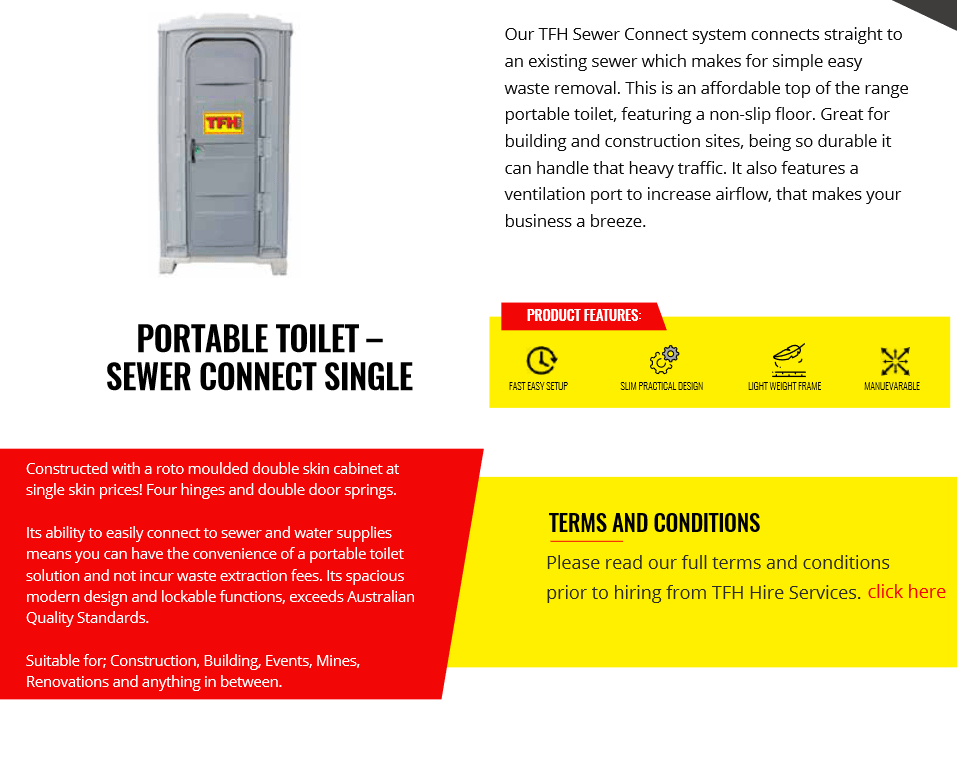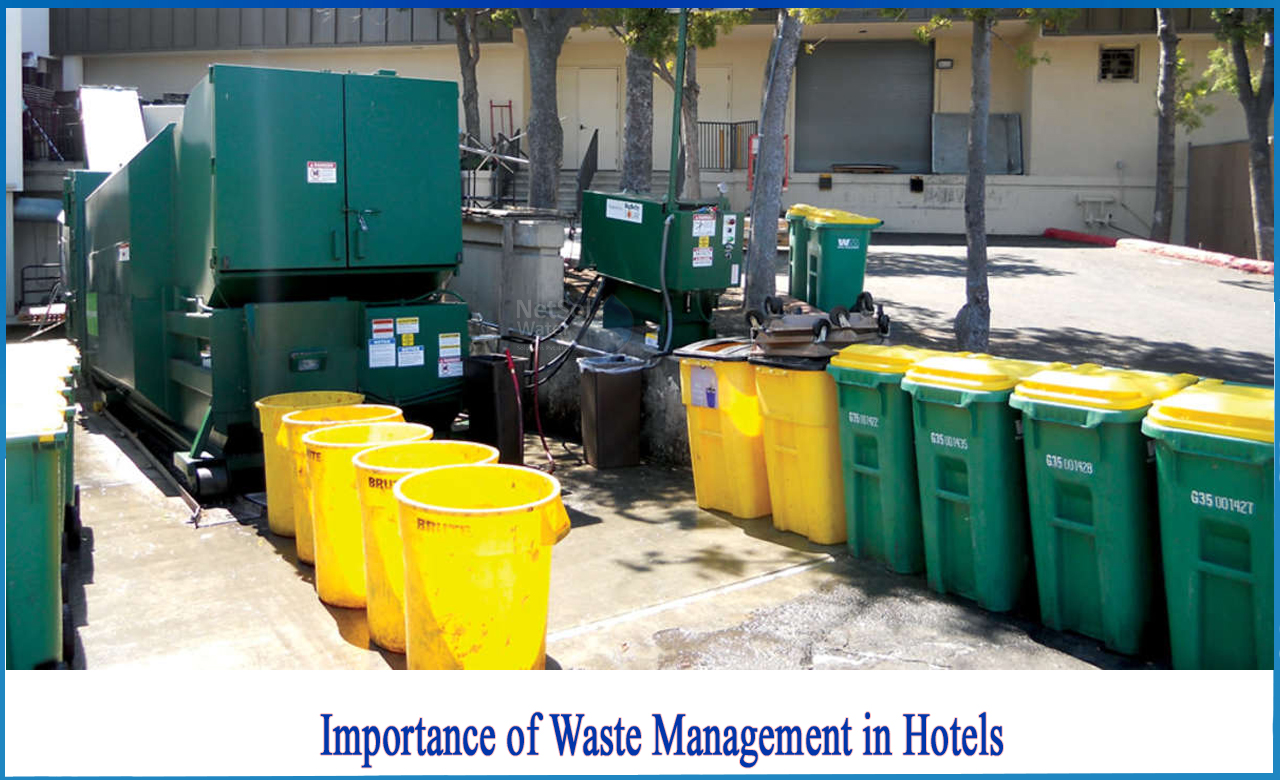7 Easy Facts About Reclaim Waste Described
7 Easy Facts About Reclaim Waste Described
Blog Article
The Best Guide To Reclaim Waste
Table of ContentsThe Greatest Guide To Reclaim WasteA Biased View of Reclaim WasteFacts About Reclaim Waste UncoveredReclaim Waste Things To Know Before You Buy8 Easy Facts About Reclaim Waste Described
Residential sewer waste refers to the waste and items from a property septic tank. The appropriate management and disposal of domestic sewer waste require fluid waste to be transferred to a sewage therapy plant where the proper approaches and equipment are used to purify and dispose of waste.
Industrial waste usually includes possible risks, such as flammable materials or a combination of liquid and solid waste items, and calls for a more sophisticated and thorough disposal process. The disposal of industrial waste commonly involves the purification of waste before transportation to make sure secure and proper disposal. Industrial waste is produced from by-products and drainage of commercial procedures and production.
This kind of waste can not use the exact same sewer administration transport or procedures as septic or business fluids. The hazardous waste monitoring procedure requires the inspection and testing of liquid waste before it undergoes the disposal process (liquid waste removal melbourne). Overflow waste is the liquid waste that comes from overflow and excess stormwater in extremely inhabited areas or cities
Drainage waste can trigger contamination and flooding if not handled effectively. Making certain appropriate waste management can prevent calamities and minimize environmental injury.
Fascination About Reclaim Waste
Contact PROS Solutions today to learn more about our waste administration and disposal solutions and the correct methods to look after the liquid waste you generate.
(https://experiment.com/users/reclaimwaste1)Do you recognize what takes place to your water when you draw the plug, flush the commode or drain the washing maker? No? Well, it deserves knowing. This so-called 'wastewater' is not just an essential resource but, after therapy, will certainly be released to our land, rivers or the sea. Utilized water from commodes, showers, baths, cooking area sinks, washings and industrial procedures is known as wastewater.

water utilized to cool equipment or clean plant and tools). Stormwater, a type of wastewater, is runoff that streams from agricultural and metropolitan areas such as roofings, parks, gardens, roadways, paths and rain gutters into stormwater drains, after rainfall. Stormwater flows without treatment directly to regional creeks or rivers, at some point getting to the ocean.
Reclaim Waste - An Overview
In Queensland, most wastewater is treated at sewage therapy plants. Wastewater is transferred from domestic or industrial sites with a system Find Out More of sewage systems and pump terminals, understood as sewerage reticulation, to a sewage therapy plant.
The Department of Natural Resources advises city governments regarding managing, operating and maintaining sewerage systems and therapy plants. In unsewered locations, regional governments might call for homeowners to set up individual or household sewer therapy systems to treat residential wastewater from bathrooms, kitchen areas, shower rooms and laundries. The Division of Natural Resources authorizes making use of home systems when they are confirmed to be reliable.
A lot of stormwater receives no therapy. In some brand-new neighborhoods, therapy of some stormwater to get rid of trash, sand and gravel has actually begun making use of gross contaminant traps. Wastewater therapy occurs in 4 stages: Gets rid of solid issue. Larger solids, such as plastics and various other items wrongly discharged to sewers, are gotten rid of when wastewater is travelled through displays.
Wastewater after that flows right into large storage tanks where solids resolve and are eliminated as sludge. Oil and scum are skimmed from the surface. Makes use of tiny living microorganisms knows as micro-organisms to break down and get rid of remaining dissolved wastes and great fragments. Micro-organisms and wastes are integrated in the sludge. Gets rid of nitrogen and phosphorus nutrients that can cause algal flowers in our rivers and threaten water life.
What Does Reclaim Waste Mean?
Nutrient removal is not available at all sewer therapy plants since it needs costly specialist equipment. Clear liquid effluent generated after therapy may still include disease-causing micro-organisms - liquid waste removal melbourne.

Most wastewater moves into the sewage system. Under the Act, local federal governments provide approvals and licences for environmentally pertinent activities (Periods) including wastewater releases that may have a local effect.
Little Known Questions About Reclaim Waste.
Otherwise, examples are taken for research laboratory evaluation. Commonly several examinations are required to establish the degrees of each of the different toxins such as oils, hefty steels and pesticides in water. Tracking supplies valid information about water high quality and can validate that permit problems are being met. The information acquired with surveillance provides the basis for making water quality decisions.
Report this page